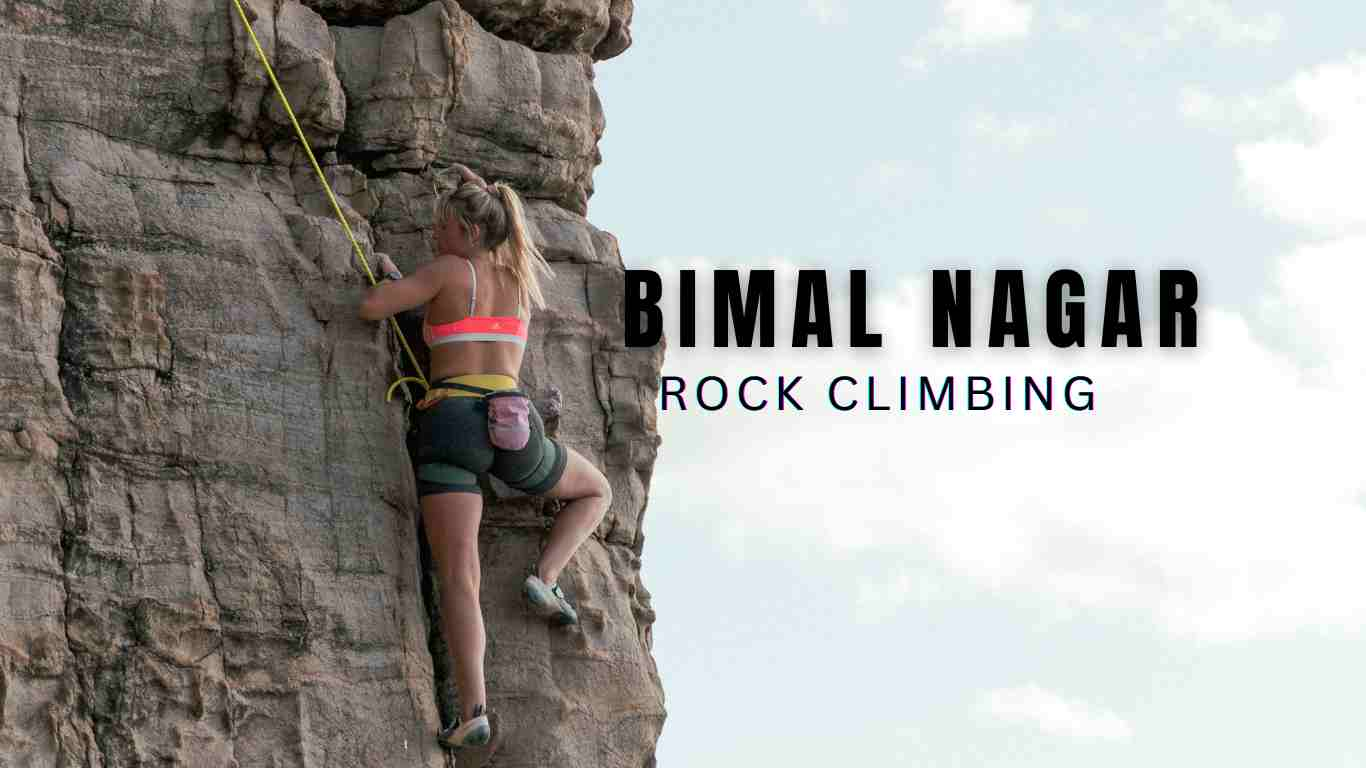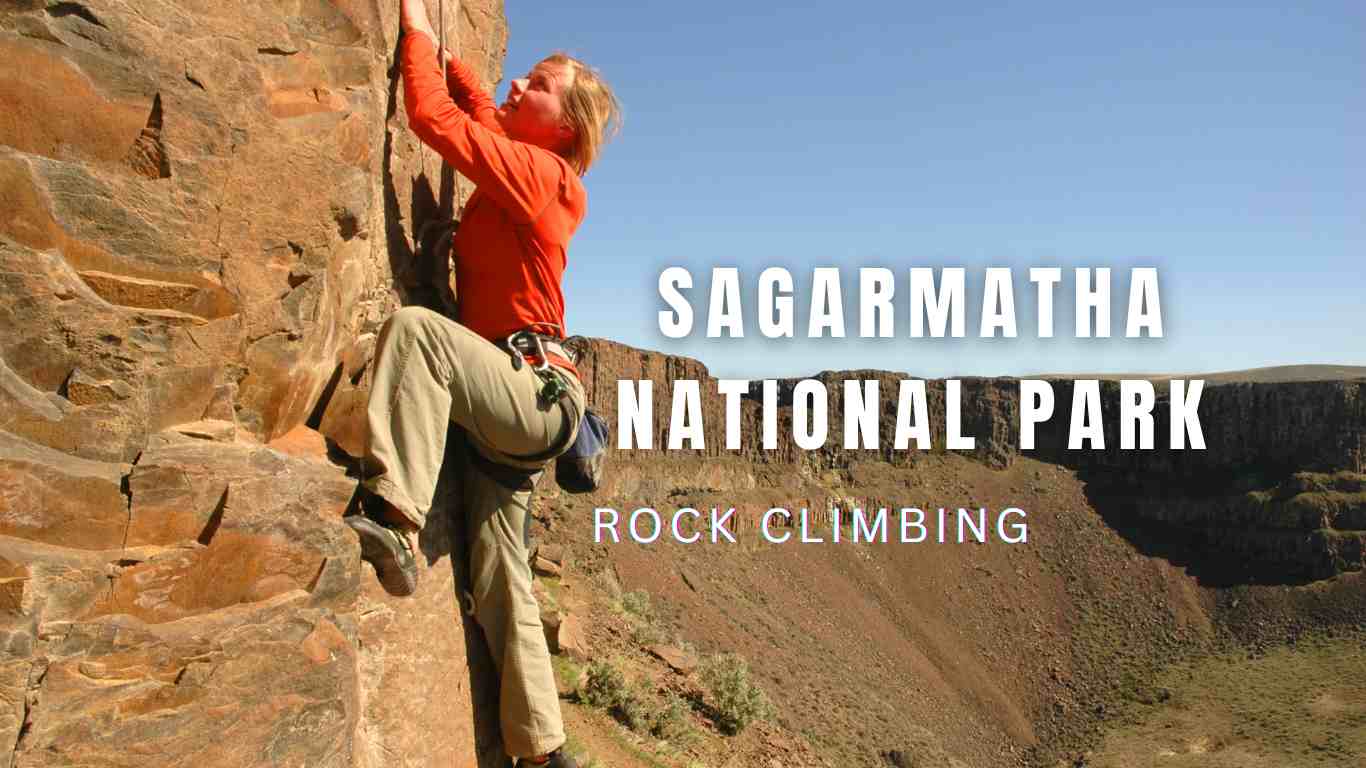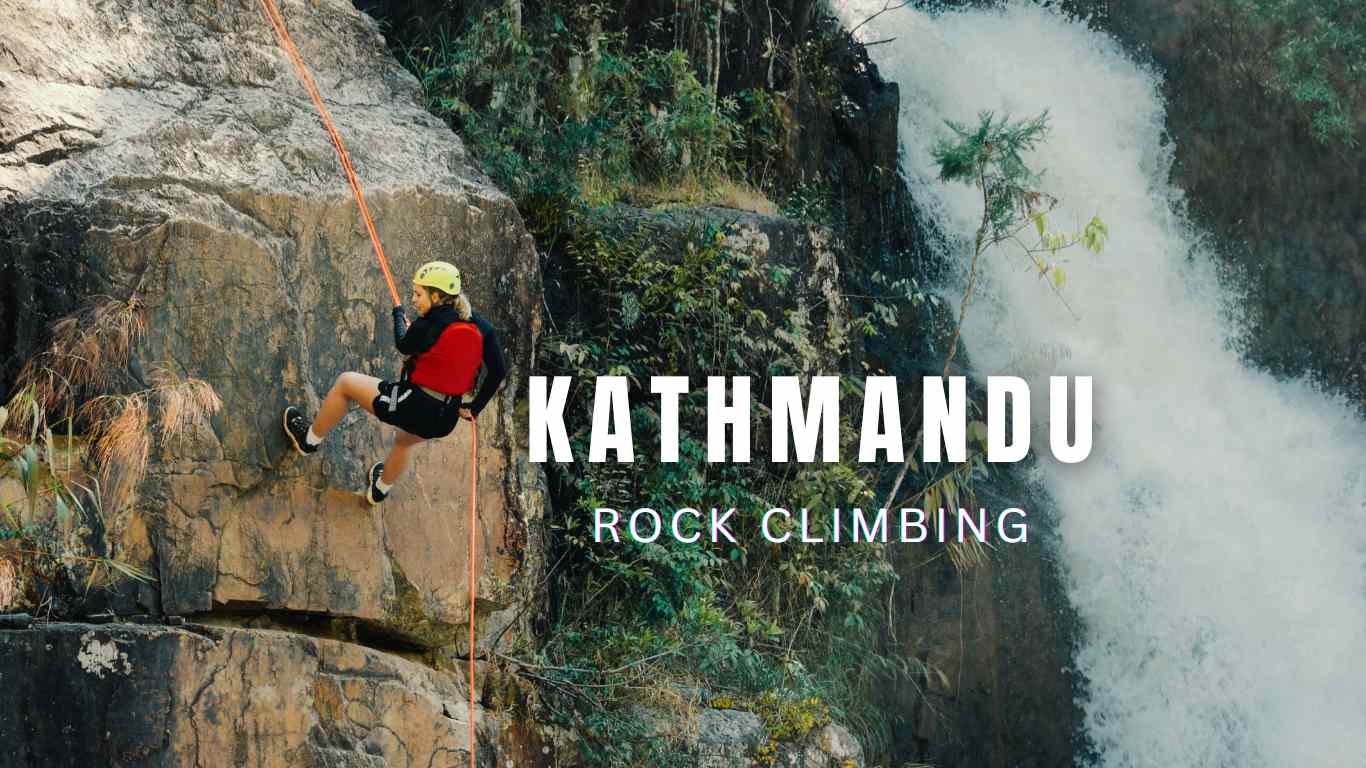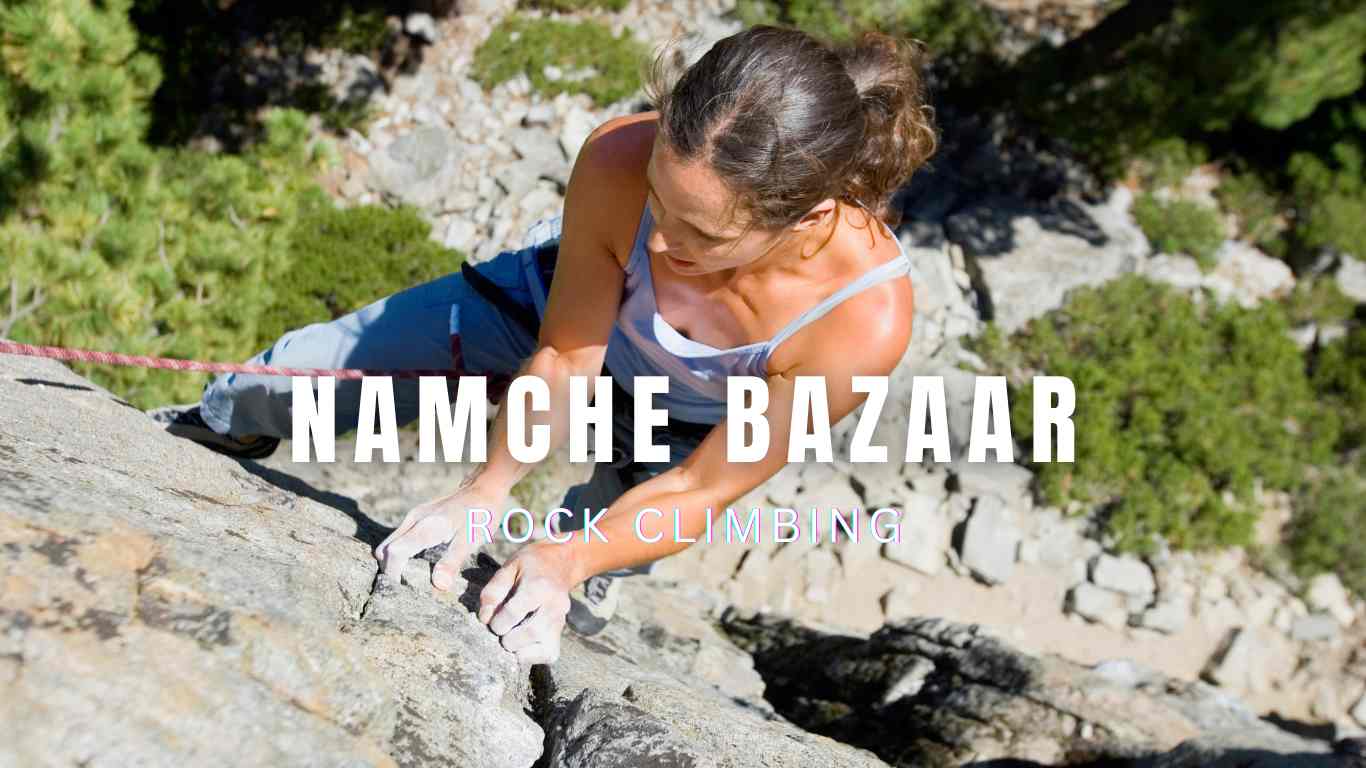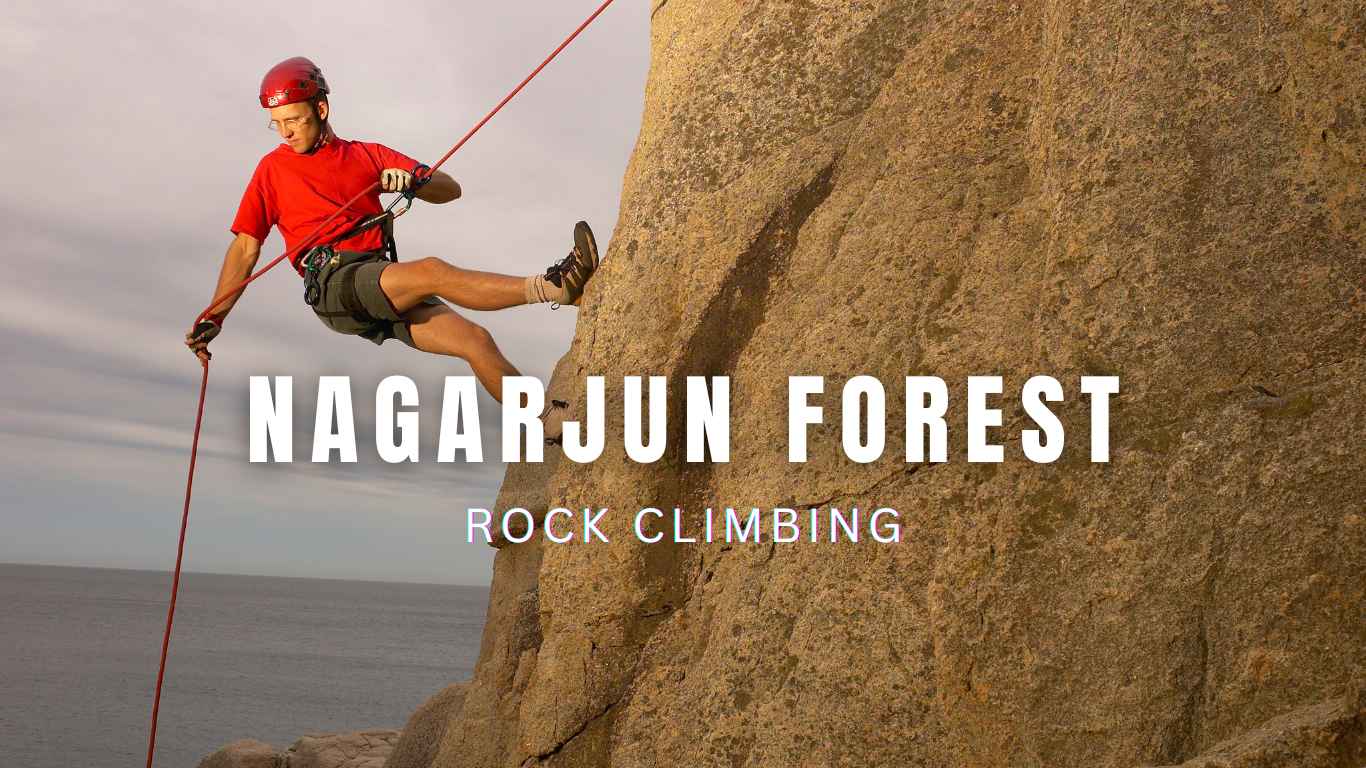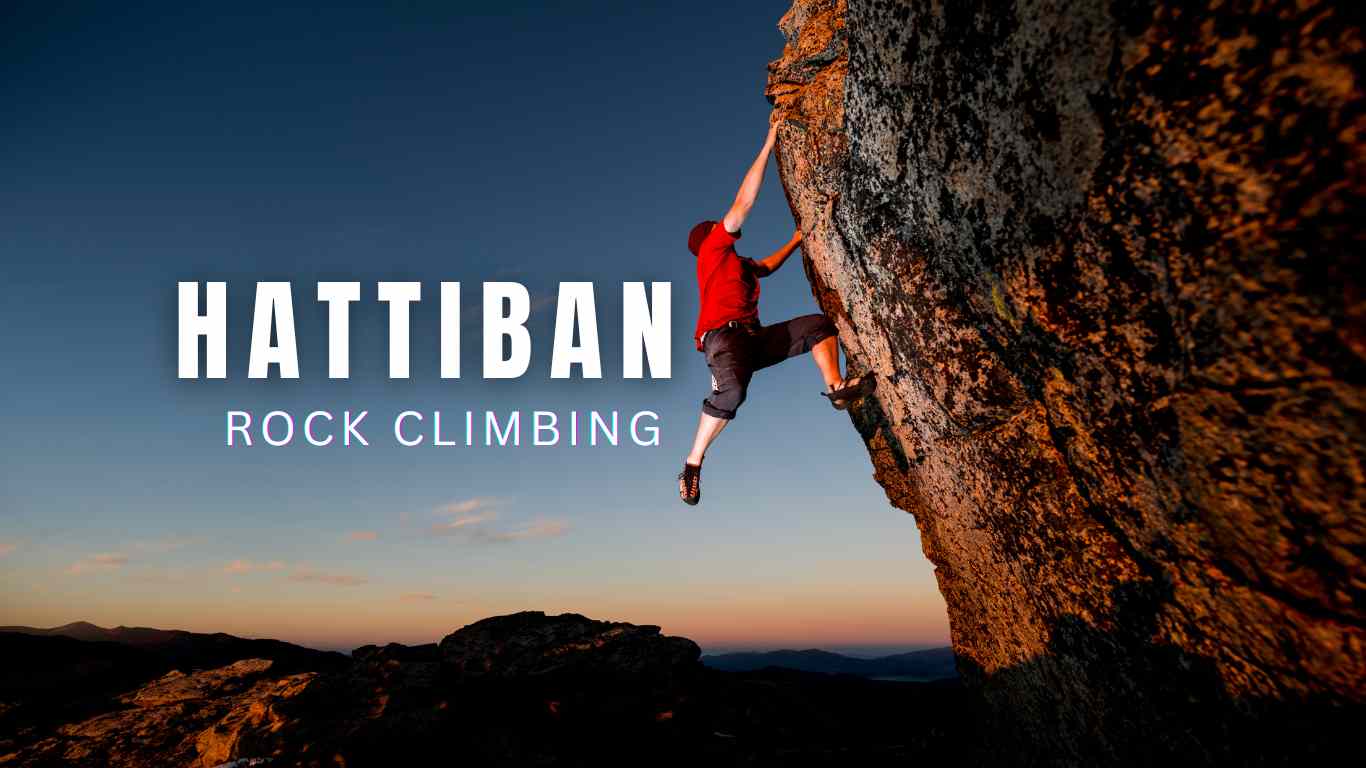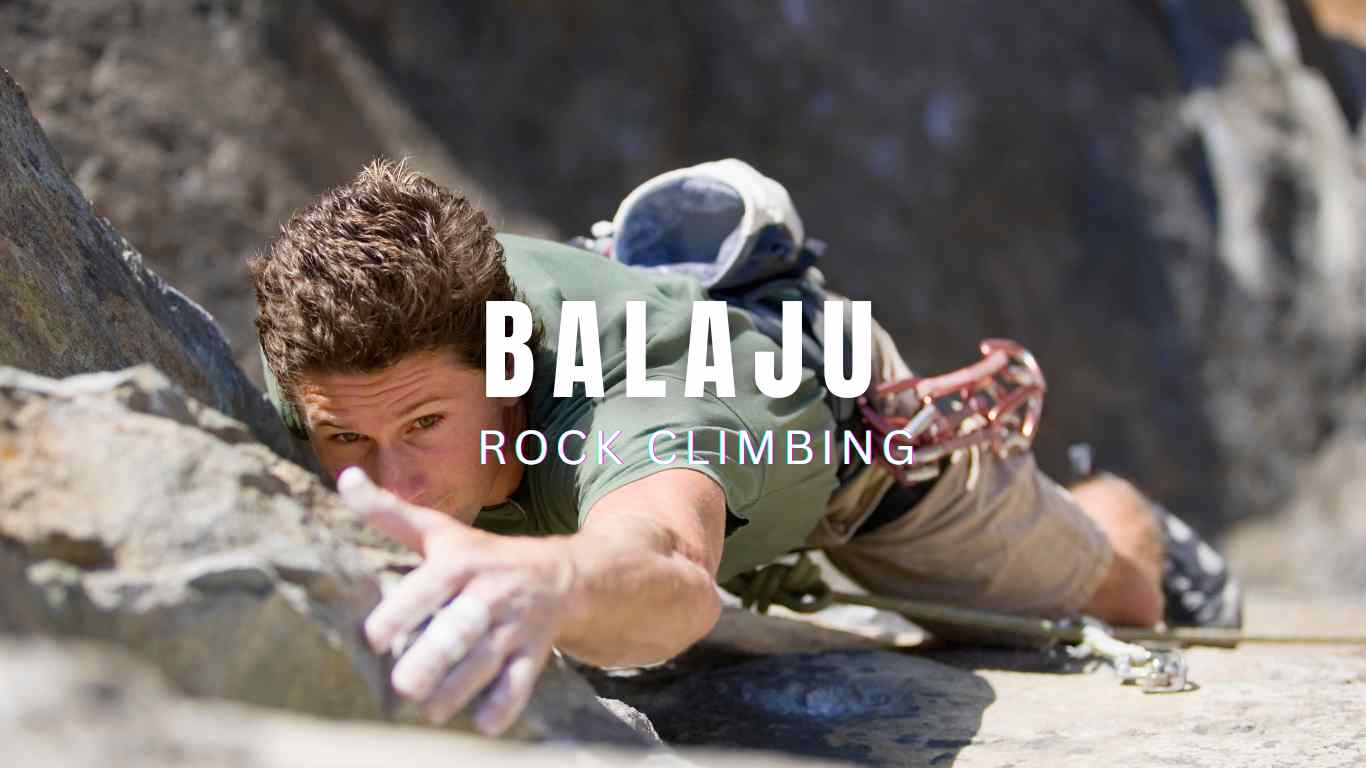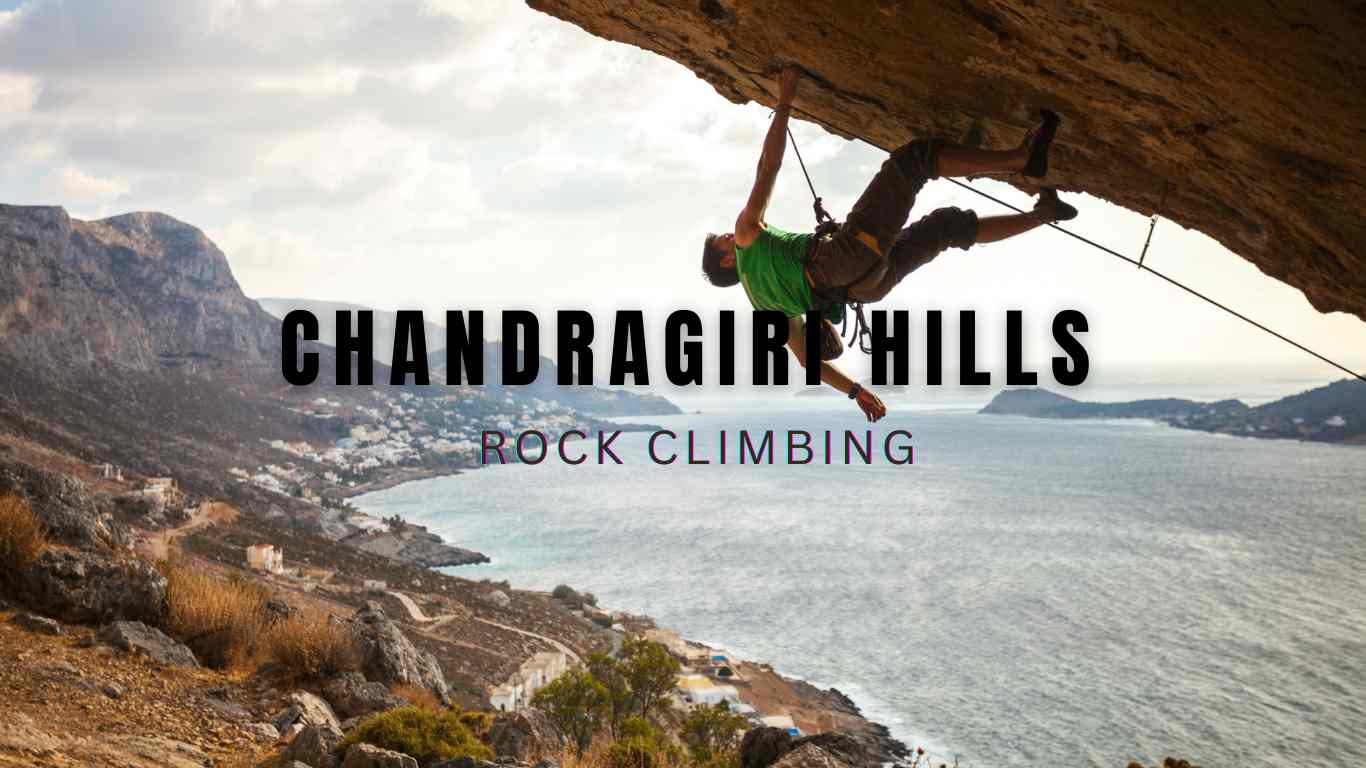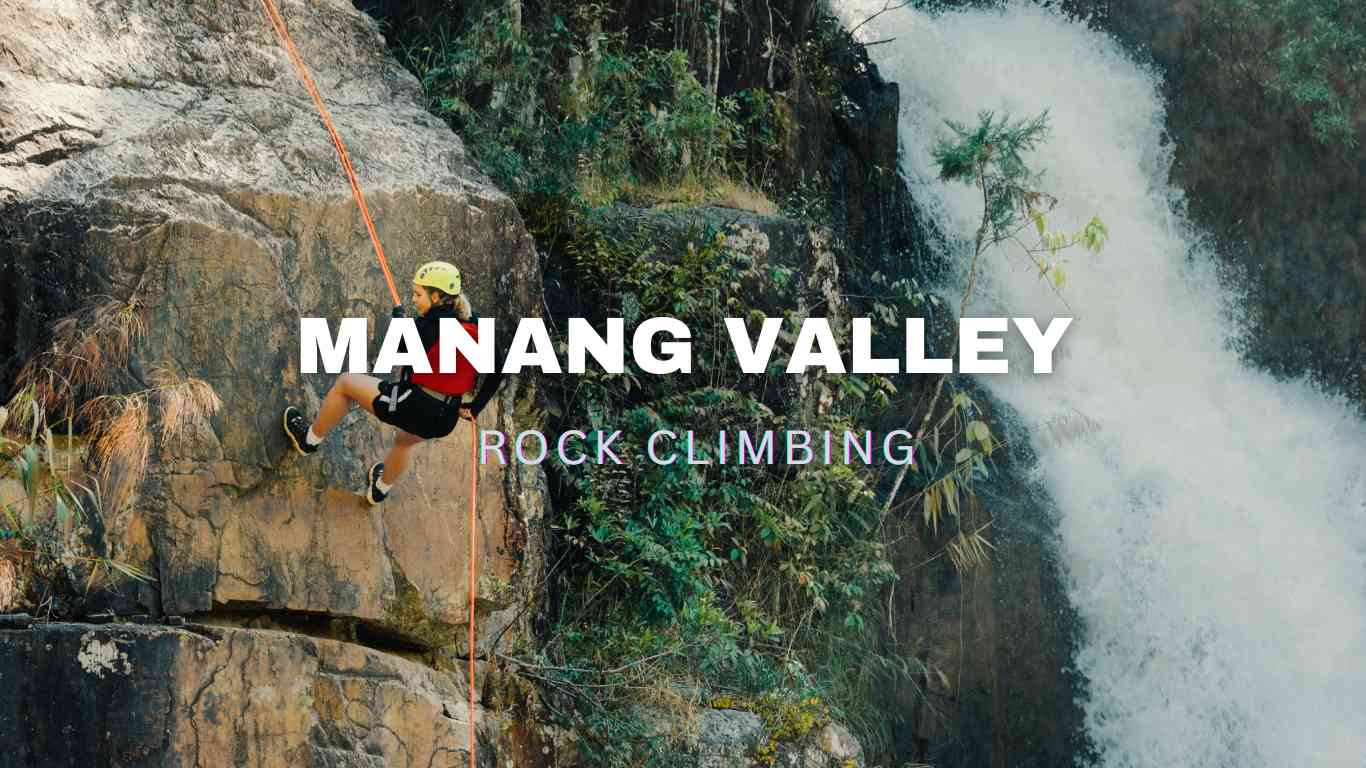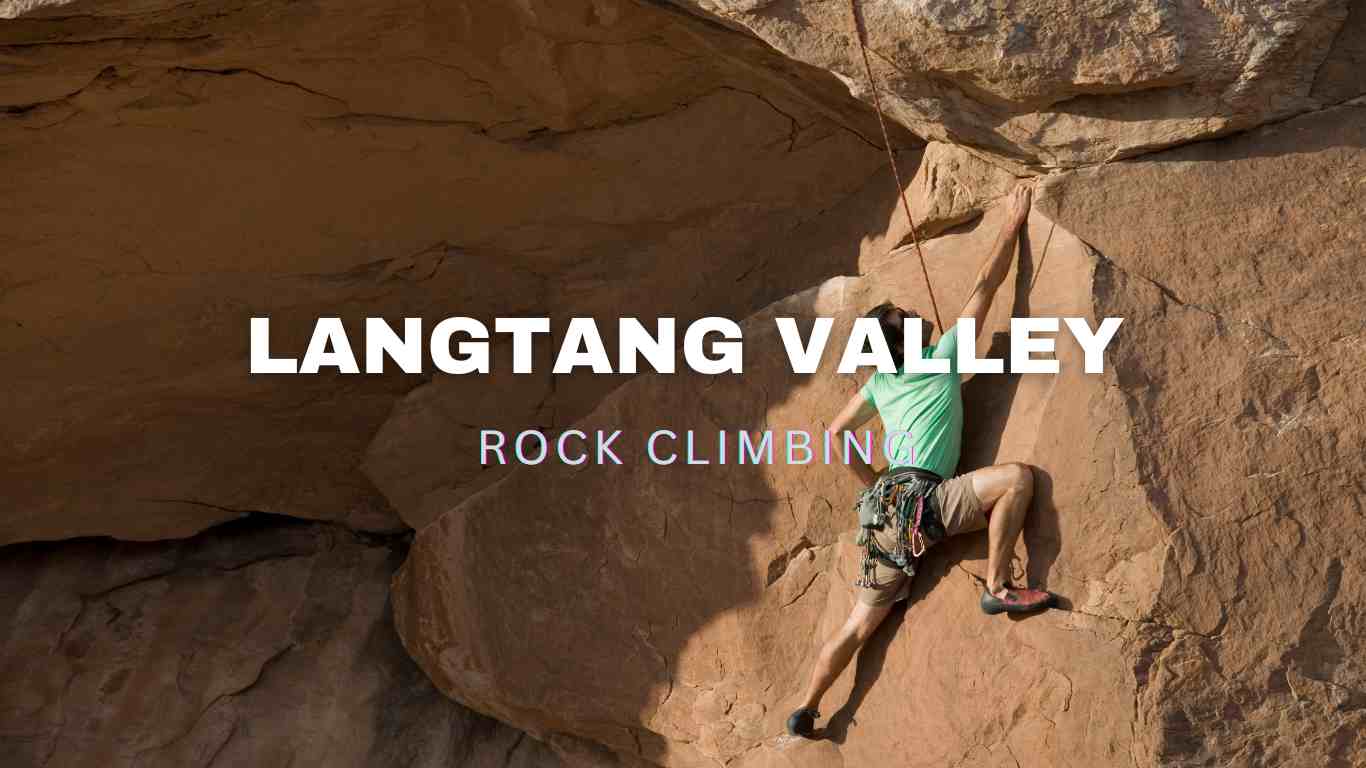Rock Climbing in Bimal Nagar, Nepal
Rock Climbing in Bimal Nagar: Have you ever dreamt of scaling towering cliffs, feeling the rush of adrenaline as you reach breathtaking heights? Look no further than Bimal Nagar, a hidden gem nestled in the foothills of the Himalayas, offering a rock climbing experience unlike any other. Bimal Nagar boasts a diverse collection of over 35 climbing routes catering to all skill levels. From towering limestone cliffs that challenge experienced climbers to gentler rock faces perfect for beginners, Bimal Nagar provides an environment for everyone to conquer their fears and reach new heights. What Sets Bimal Nagar Apart for Climbers This off-the-beaten-path destination offers several unique features that draw climbers from all over the world: Untouched Beauty: Escape the crowds and immerse yourself in the serenity of Bimal Nagar’s natural landscape, surrounded by lush valleys and stunning mountain views. Accessibility: Conveniently located near Pokhara and Kathmandu, Bimal Nagar is easily accessible, making it an ideal add-on to any Nepalese adventure. Affordability: Compared to other popular climbing destinations, Bimal Nagar offers budget-friendly options, allowing aspiring climbers to enjoy the sport without breaking the bank. Supportive Community: Join a passionate community of climbers who actively contribute to the development of the sport in the region and offer encouragement and support to all newcomers. Geography and Rock Formations Bimal Nagar’s unique geological features create a diverse and challenging climbing environment. Dramatic limestone cliffs rise from the valley floor, sculpted by the Marshyandi River, offering a variety of textures, angles, and difficulties to explore. Noteworthy Rock Formations Majestic Peaks for Advanced Climbers: Experienced climbers can conquer the “Eagle’s Nest” and “Dragon’s Back,” towering cliffs with multi-pitch climbs and breathtaking panoramic views. Beginner-Friendly Spots: For those new to climbing, Bimal Nagar offers gentle rock faces with secure holds, perfect for learning the ropes and gaining confidence in a safe and encouraging environment. The Climbing Experience Escape the hustle and bustle and experience the peacefulness of Bimal Nagar. Surrounded by lush greenery and fresh mountain air, you can fully immerse yourself in the natural beauty and focus on your ascent. Challenges and Rewards for Climbers Whether you’re a seasoned climber or just starting, Bimal Nagar offers challenges to suit your skill level. Beginners can experience the joy of conquering their initial fears and reaching new heights, while more experienced climbers can test their skills on demanding routes and push their limits. Testimonials from Climbing Enthusiasts “Bimal Nagar was an unforgettable climb The breathtaking views, welcoming community, and challenging routes made it an experience I’ll never forget.” – Nadia, Experienced Climber “As a beginner, I felt comfortable and encouraged in Bimal Nagar. The guidance from local climbers helped me learn the basics and build my confidence.” – Michael, First-Time Climber Equipment Essentials Must-Have Gear for Bimal Nagar Climbing Climbing shoes Harness Belay device Helmet Chalk bag Ropes and quickdraws (for multi-pitch climbs) Rental Facilities and Gear Shops Several local shops in Bimal Nagar offer convenient gear rental services, allowing visitors to travel light and avoid the expense of purchasing equipment. Come experience the thrill of Rock Climbing in Bimal Nagar. Discover untouched beauty, conquer challenging climbs, and join a welcoming community of climbers. Lace-up your shoes, pack your gear, and embark on a journey to the heights of Bimal Nagar. Safety Measures and Training Safety is paramount in Bimal Nagar. Local guides, instructors, and climbing shops prioritize safety and adhere to strict protocols. These include: Thorough gear inspection: Equipment is regularly checked for wear and tear to ensure climber safety. Mandatory safety briefings: Climbers are provided with comprehensive safety briefings before attempting any climb. Proper belaying and anchoring techniques Guides ensure safe belaying and anchoring practices to prevent accidents. Emergency preparedness: Plans and resources are in place to address any potential emergencies. Experienced and certified local instructors offer training programs for all skill levels. They guide techniques, safety protocols, and route selection, ensuring a safe and enjoyable climbing experience. Bimal Nagar has established efficient emergency response systems. Trained personnel and readily available equipment ensure prompt assistance in case of any accidents or injuries. Ideal Climbing Seasons The best time to climb in Bimal Nagar depends on your preferences and weather conditions: Spring (March-May) and Autumn (September-November): Pleasant temperatures, clear skies, and minimal rainfall offer ideal climbing conditions. Summer (June-August): Monsoon season brings heavy rains, making climbing unsafe and challenging. Winter (December-February): Temperatures can drop significantly, with potential snowfall at higher altitudes, requiring additional preparation and gear. Weather conditions can significantly impact climbing experiences. Climbers should consider factors like temperature, wind, and precipitation when choosing their climbing season and routes. Bimal Nagar Climbing Community Bimal Nagar boasts a warm and welcoming climbing community. Local climbers and businesses actively support and encourage newcomers, fostering a positive and inclusive environment. Climbers can connect and network through various events and groups: Climbing clubs: Regular meetings and climbing outings provide opportunities to socialize, learn from experienced climbers, and explore new routes. Social media groups: Online platforms facilitate communication, sharing advice, and organizing climbing trips. Local shops and cafes: These gathering spots allow climbers to connect, share stories, and build lasting friendships. Success Stories and Inspirational Climbing Journeys The Bimal Nagar climbing community celebrates achievements and shares inspirational journeys. Climber success stories motivate newcomers and inspire them to reach new heights. Conservation and Sustainability Efforts Bimal Nagar recognizes the importance of environmental stewardship. Climbers are encouraged to follow sustainable practices, such as: Leave no trace: Pack out all trash and avoid damaging the natural environment. Respect local customs and traditions: Be mindful of cultural sensitivities and contribute to the preservation of traditional practices. Support eco-friendly businesses: Choose businesses committed to sustainable practices and environmental protection. Community-Led Conservation Initiatives Local climbers and businesses actively participate in conservation initiatives: Clean-up drives: Regular clean-up events maintain the pristine environment of climbing areas. Tree planting programs: Planting trees helps offset carbon emissions and contribute to reforestation efforts. Educational workshops: Workshops raise awareness about environmental conservation and encourage sustainable practices. By taking responsibility and implementing these sustainable … Read more

